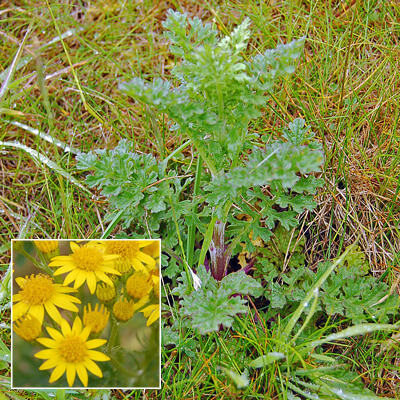
Ragwort Poisoning
It’s that time of year again, when we need to bring to your attention the perils of Ragwort. Already we are seeing fully-grown stems. Did you realise that Ragwort is poisonous to horses, cattle and other animals, causing stomach pain, breathing difficulties, blindness and potentially death?
Please look out for this yellow plant and eradicate it from any fields where your horses graze.
What is Ragwort?
Ragwort (Senecio spp.) is a poisonous yellow-flowered weed that damages the liver. The effects can build up over a length of time, so even if a horse only eats small amounts this can build up, having disastrous effects – they can also become extremely ill from eating large quantities.
Ragwort can be found on uncultivated ground and in fields across the country. The seedlings appear in the Autumn, rosettes in the Spring, followed by the mature plants from May to October, and they can reach up to 2m in height.
Ragwort may also find its way into hay, so owners need to be particularly vigilant when feeding their animals.
How to deal with it
The Ragwort plants need to be carefully disposed of – burning is most effective – but it is best to speak to DEFRA for advice. You can view and download their useful PDF here.
- All plants must be removed.
- Remember Ragwort can be harmful to humans too, so cover arms and legs and use gloves when pulling it up out of the field, and avoid inhaling the pollen.
- The most effective way to remove Ragwort is to pull the plant up from the roots – special tools are available to help to remove roots.
- It is also possible to spray the area – agricultural merchants will be able to advise on suitable products.
Please note that fields and paddocks must be ‘rested’ before the horses can go back onto them – and, of course, all dead plants must be removed.










